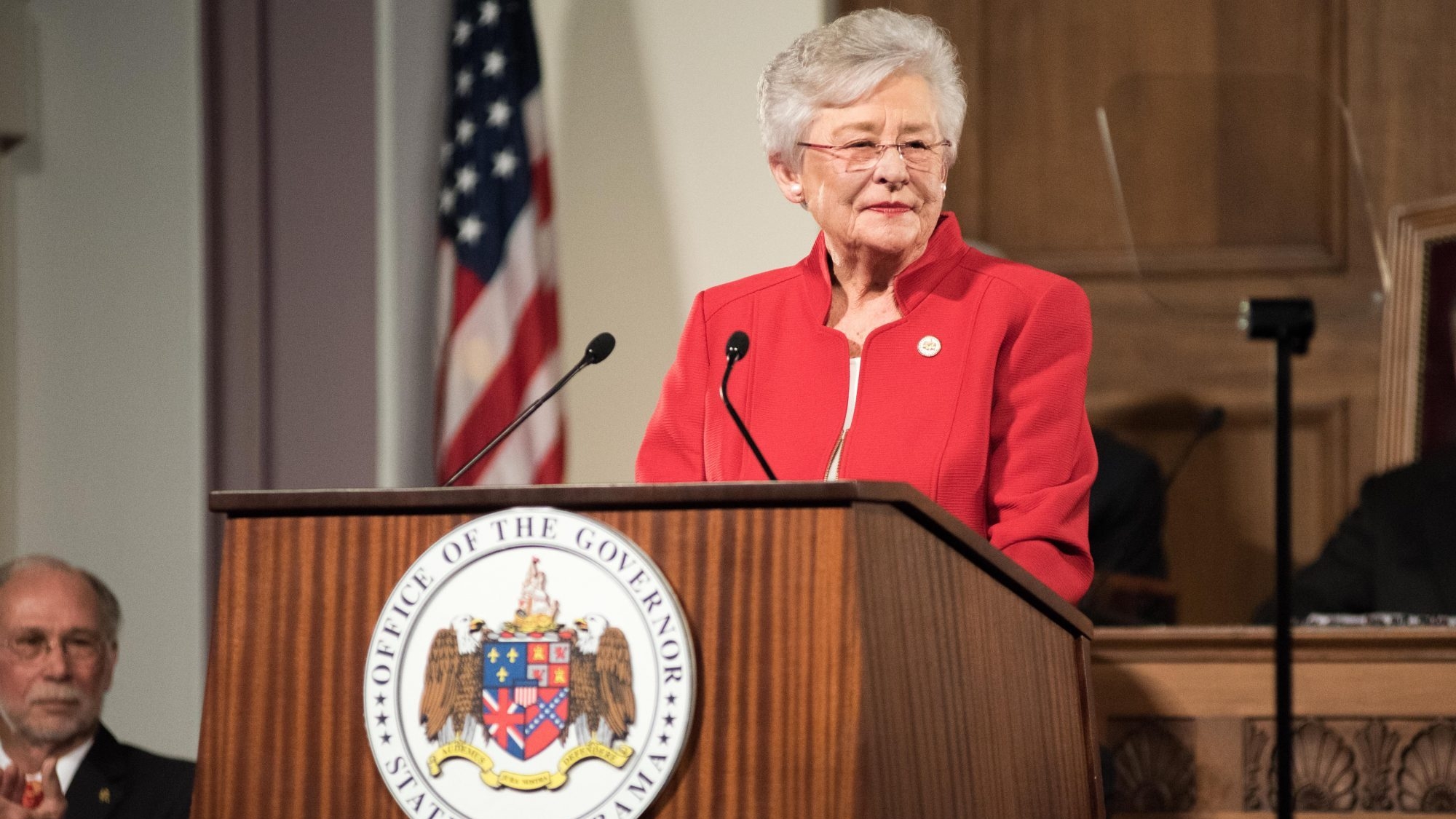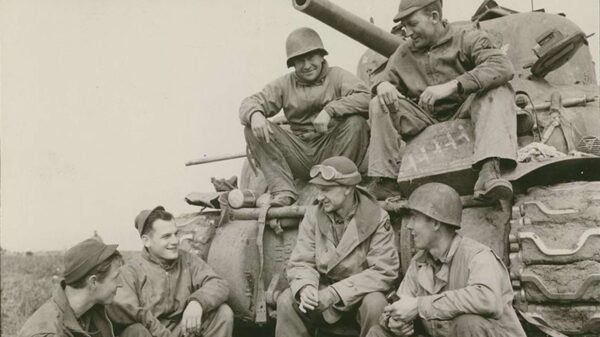Diversity is important.
If nothing else, I’ve learned that much from the last week-plus of debates over blackface.
Chances are, if the governor of Virginia or any of these other white people had found themselves an actual black friend — and not the fake one they drag out as a human shield when they say offensive things — there’s at least a decent chance some of this fallout could have been avoided.
Because maybe, just maybe, there are more decent people than not, and maybe, just maybe, those decent people would have been swayed by their black friends explaining to them the long, ugly, offensive, mean and downright disgusting history of blackface.
Let’s start at the beginning: With babies used as bait to lure alligators out of lakes.
That’s right.
Real, live children. Used as bait. Sometimes locked in cages. Sometimes dangled from ropes.
Always black babies.
Because in America, in the 1800s, what could be more expendable than a black child?
While there is now debate over just how common the practice was, one thing is certain: The stories of black children being used as bait were widespread and common.
There were newspaper and magazine stories about the practice. Songs were written about it. It was depicted in films.
And because African Americans in the time period of 1619 through roughly 2019 were treated by many as subhuman, this whole thing became a knee-slappin’ joke.
The black babies were turned into a comedy character, known as a pickaninny. And the pickaninny found its way into all sorts of cute and hilarious predicaments that were immortalized on postcards and in figurines in the early 1900s. Scenes such as pickaninnies dangling above the heads of hungry alligators, or with a pained expression after an alligator bite.
Or my favorite: the children’s pencil holder with the black baby hanging out of the gator’s mouth.
From there, the pickaninny became a fixture in plays and minstrel shows, always depicted by a white actor in blackface. And always sending the all-white crowds into uproarious laughter as he fell off cliffs or was dragged away by various wild animals.
The ignorant, bumbling pickaninny quickly grew into the character of the ignorant, bumbling black man or the aw-shucks mammy who was put on Earth to please the white folks. And those characters quickly spread from comedy shows to all other forms of entertainment, helping to push the narrative that blacks are less intelligent, animalistic, easy to fool and expendable.
From the mid-1800s until the early-1900s, there was rarely a black person portrayed on a stage who wasn’t the subject of ridicule, derision and hatefulness.
Those characters are what blackface depicts.
And I can guarantee you — because I’ve watched old videos of white people in blackface in college and high school minstrel shows — that such portrayals in the 1970s, 80s and 90s had similar goals — to use the ignorant, bumbling blacks as the punchline to jokes.
On Monday, the Auburn University student newspaper, The Plainsman, reported on numerous old photos it found while digging through yearbooks from the ’60s, ’70s and ’80s. In one example found by the paper, Gov. Kay Ivey’s sorority, while she was a member, staged a play using rushees in blackface.
Ivey’s spokesman told the Plainsman that the governor was unaware of the page. Which seems fairly unbelievable, given that she was the president of her sorority pledge class at one point.
There were several other blackface pictures in other yearbooks that the Plainsman staff found. All of them fairly similar: A bunch of white kids, some in blackface, all laughing and having good ol’ time. All amused by the bumbling, comedic actions of the black folks.
They’re college-age kids, far old enough to know the history of the characters and hurtful nature of their actions. Old enough to know that they’re poking fun at other humans, reducing them to something second-rate.
But there was no black face in those photos to wear the hurt and humiliation.
Maybe if there had been — if a few black students had been in the frats and sororities — then their experiences and friendships could have played a role. Maybe the white students would have considered how hurtful and ignorant such characters could be. Maybe they would have approached such things from a totally different perspective.
And that’s why diversity is so important.
















































